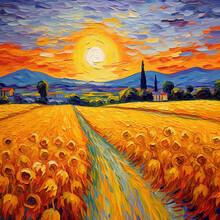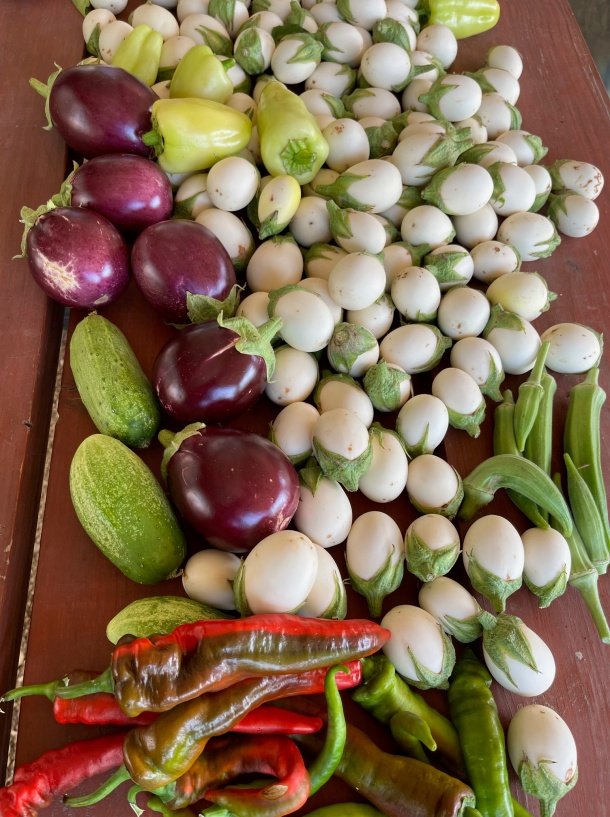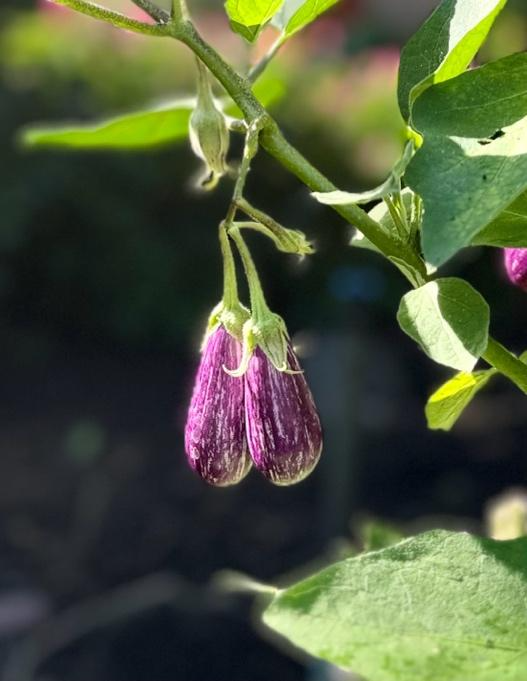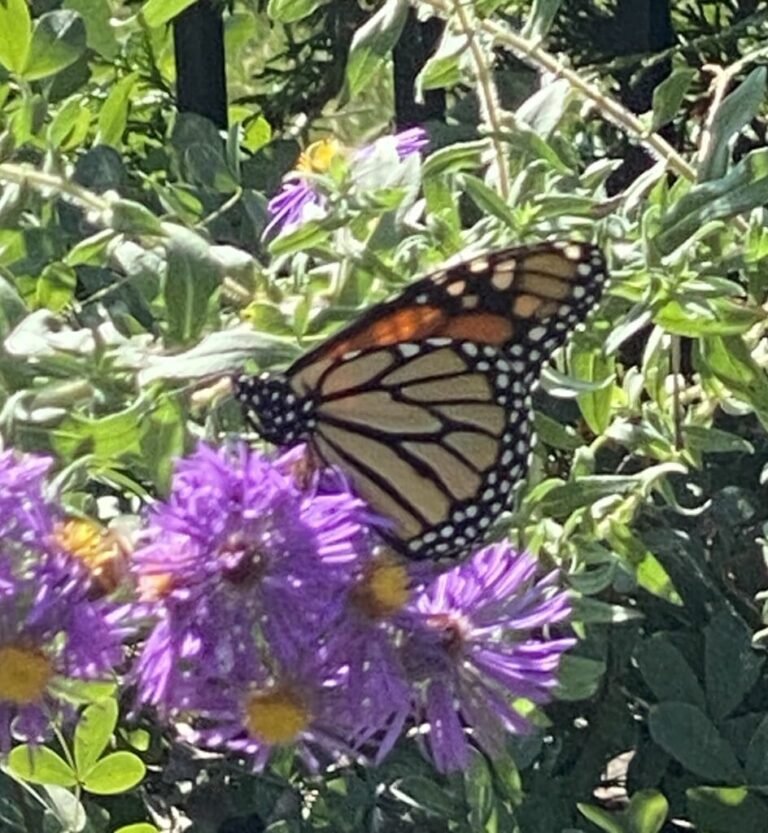
September 29, 2025
Along with Van Gogh, who described yellow as “wonderful”, many people associate yellow with feelings of warmth, happiness and positivity. And still others say that yellow’s vibrant, cheerful color evokes feelings of joy, optimism and enthusiasm.
Yellow is one of the oldest colors in history. Cave paintings over 17,000 years old reveal that the yellow pigment from ochre was readily available in prehistoric times. In ancient religions, yellow was considered a sacred color. Like gold, yellow was seen as eternal, imperishable and indestructible. Today, yellow flowers are used in gardens across the globe adding vibrancy and beauty to landscapes in a multitude of imaginative ways.
From the dainty blossoms of French marigolds to the dramatic trumpet-shaped beauty of squash blossoms, yellow flowers add brightness to the garden. And don’t overlook the decorative nature of edibles such as yellow pear tomatoes dangling in clusters like drops of sunshine clinging to the vine.
Whether edible or just enjoyable, bright yellow flowers, fruits and vegetables have a magical way of lighting up our landscapes. Additionally, those radiant blooms attract a host of beneficial pollinators to the garden including bees, butterflies and hummingbirds. So, why not add some late September sunshine to your garden? Let the video photos inspire you to create a natural environment filled with yellow for all to enjoy!
Top Ten Yellow Flowers and Vegetables (Observed/Photographed) in the Metroplex:
- Echinacea and Rudbeckia/Black Eyed Susan (Both plants are sometime referred to as “coneflowers” but Rudbeckia is widely known as a “Black-Eyed Susan”)
Main Differences:
*Echinacea flower petals tend to droop and curve downwards. Echinacea features a spiky, prominent central cone that may be green, brown or orange. Leaves are typically smooth.

*Rudbeckia petals usually extend straight out from a flattened or slightly raised central cone. Leaves are described as hairy or fuzzy.

(Rudbeckia ‘Sunbeckia’ Juliana)
- Zinnias
- Sunflowers
- Daylily
- Hibiscus
- Cannas
- Lantana
- Yellow Pear Tomatoes
- Cucumber and Yellow Squash Blossoms
- Marigolds and More (Day Lilies, Calendula, Canna, Dill, Fennel, Gerbera Daisy, Nasturtium, Yarrow)
*Overall, it seems there is an absence of marigolds and a profusion of coneflowers; flower beds once brimming with marigolds have transitioned to the daisy-like look of coneflowers.
*Coneflowers have become soldiers of the landscape. They have an authoritative presence with their strong, upright stems and dramatic, bold color.
*Generally, coneflowers are used as “pocket” flowers. Nestled against large boulders or in “waves” of color in a natural setting, they offer countless possibilities.
*Yellow is an underused color in gardens throughout the metroplex.
*Purple is the most complimentary color to use with yellow flowers.
*The majority of yellow flowers need a minimum 6 to 8 hours of direct sun daily.
From the professionals, some tips for using yellow flowers in the garden:
Fine Gardening-Yellow blossoms carry farther, shine brighter, and remain visible longer in the evening than flowers of any other color except white.
Proven Winners-Yellow is an attention-grabbing color that makes a cheerful statement in the landscape.
Gardening Know How-Yellow flowers/plants as a single color scheme greatly enliven the garden, especially when the area is small or shaded, brightening and enlarging the garden space.
Linda Alexander, Dallas County Master Gardener Class of 2008
Remember fall is a good time to plant!



